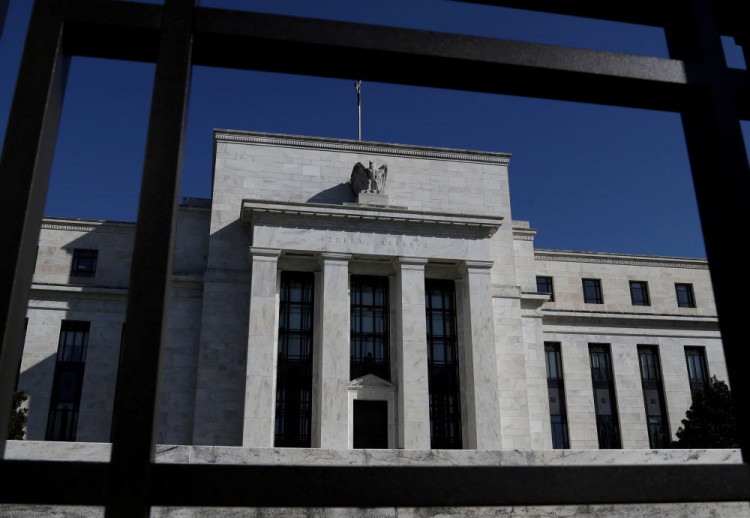Recent macroeconomic data in the United States points to a continued strengthening of the economy, casting doubt on the likelihood of a rate cut by the Federal Reserve in March. Last week, Fed Chair Jerome Powell suggested in an interview that any potential rate cuts might be postponed until after March, with expectations set for three rate cuts this year, fewer than what the market had anticipated.
However, Chicago Fed President Austan Goolsbee reiterated on Monday that he is not ruling out the possibility of a March rate cut, contingent on further data indicating progress in the fight against high inflation. Minneapolis Fed President Neel Kashkari also noted that the Fed has time to assess economic data before making any rate cuts, suggesting that the current rate policy may not be as tight as expected, with the neutral rate possibly having risen.
Chicago Fed President Open to March Rate Cut
Contrasting with Powell's cautious stance, Goolsbee, known for his dovish views, stated in a media interview on Monday that he remains open to the possibility of a rate cut in March, pending additional data that shows progress in combating high inflation.
Goolsbee commented, "For seven consecutive months, we've received very positive inflation data, almost all of which are close to or even below the Fed's target. If this trend continues, I believe we are on the right path to normalizing interest rates."
He also emphasized his reluctance to commit to any specific decisions just a few weeks before the March meeting and refrained from speculating on the likelihood of a 50-basis-point cut by the FOMC.
Goolsbee further noted that the inverted yield curve on U.S. Treasury securities is not a reliable indicator of a looming recession in the current context, and strong employment data does not necessarily indicate an overheated labor market. He mentioned that credit conditions have tightened over the past 18 months.
Minneapolis Fed President Discusses Rate Policy Flexibility
Kashkari, on Monday, suggested that policymakers have the opportunity to evaluate forthcoming data before making rate cut decisions, indicating that the economic landscape has shifted post-pandemic, with a possible increase in the neutral rate.
In a post on the Minneapolis Fed's website dated February 5, Kashkari stated, "At least in the economic recovery period following the pandemic, there appears to be an increase in the neutral policy rate, allowing the Federal Open Market Committee (FOMC) time to assess economic data before deciding on rate cuts, thus mitigating the risk of overly tightening policy."
Kashkari highlighted the "significant contribution" of supply-side factors in reducing inflation close to the Federal Reserve's 2% target, as evidenced by resilient economic growth and a strong labor market. He acknowledged the crucial role of interest rate hikes in maintaining low long-term inflation expectations, despite the strong data.
According to Kashkari, the indicators, including a slowdown in core inflation (excluding food and energy prices) to the lowest level in nearly three years and a consistently low unemployment rate, suggest that the current monetary policy stance, including the level and expected trajectory of the federal funds rate and the balance sheet, might not be as tight as previously anticipated, considering the low neutral rate environment that existed before the pandemic.
Kashkari, who does not have voting rights this year, has written extensively during the Fed's efforts to combat inflation in 2022 and 2023. In a September article, he estimated a 60% chance of the U.S. economy achieving a soft landing but also warned of a scenario where inflation becomes entrenched, potentially requiring the Fed to further tighten monetary policy to restore price stability.






